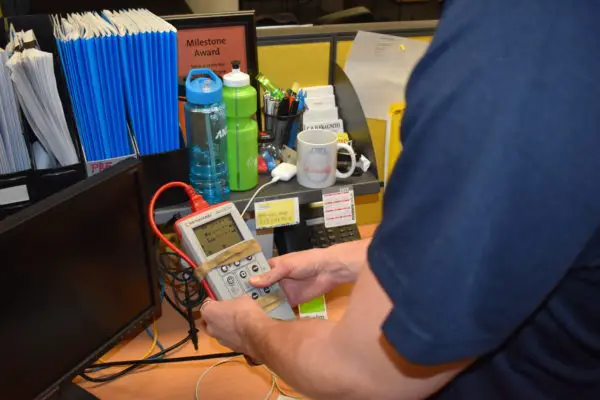Introduction
Residual Current Devices (RCDs), also known as Ground Fault Circuit Interrupters (GFCIs) in some regions, are critical components of electrical systems designed to protect against electrical shocks and fires. Regular testing of RCDs is essential to ensure they function correctly when needed.
In this article, we will explore the importance of RCD testing, its requirements, and the benefits it brings to electrical safety.
The Significance of RCDs
RCDs are devices that monitor the flow of electric current in circuits. They are designed to detect even the slightest imbalance in current between the live and neutral wires, typically caused by a fault, such as a short circuit or a person coming into contact with live wires. When an imbalance is detected, the RCD quickly disconnects the circuit, preventing potential electric shocks and fires.
RCDs are commonly used in residential, commercial, and industrial settings, serving as a critical safety mechanism. However, like any electrical component, RCD Testing Requirment can degrade over time or become faulty, making regular testing essential to ensure their reliability.
RCD Testing Requirements
- Regularity:
RCDs should be tested regularly to ensure they are functioning correctly. The frequency of testing can vary depending on the type of installation and local regulations. In many cases, testing is recommended every three months for industrial installations and every six months for commercial and residential installations.
- Trip Time Testing:
One of the primary tests for RCDs is trip time testing. This test measures how quickly the RCD disconnects the circuit when a fault is simulated. The trip time should not exceed specific limits set by regulatory standards. If it does, the RCD may need adjustment or replacement.
- Push-Button Testing:
Most RCDs come equipped with a built-in test button that allows users to manually test the device. Pressing this button should cause the RCD to trip immediately. It is essential to carry out this test at regular intervals to ensure the device is operational.
- Visual Inspection:
Visual inspection of the RCD and its associated wiring is crucial. Any signs of damage, wear, or loose connections should be addressed promptly. Damaged RCDs should be replaced to maintain electrical safety.
- Professional Testing:
While push-button testing and visual inspection can be performed by users, more comprehensive appliance test and tag should be carried out by trained professionals. This includes trip time testing and an overall assessment of the RCD's condition.
Conclusion
RCD testing is a fundamental aspect of electrical safety. These devices play a crucial role in protecting people and property from electrical hazards. Regular testing, in accordance with local regulations and manufacturer recommendations, ensures that RCDs are ready to perform their life-saving function when needed. Prioritizing RCD testing is a responsible and essential part of maintaining electrical safety in homes, businesses, and industrial facilities.
Source URL :- https://sites.google.com/view/adelaide-test-and-tag-0/home






